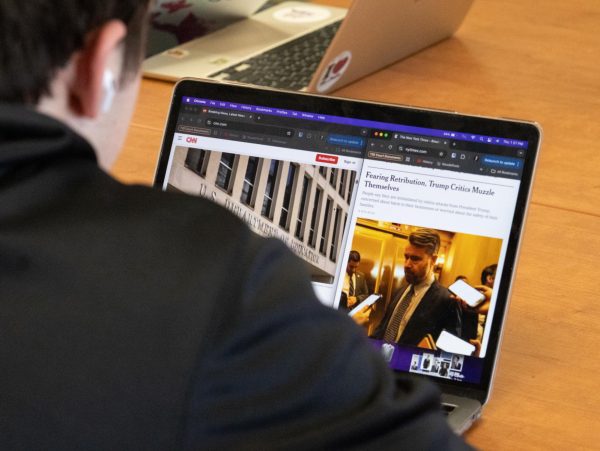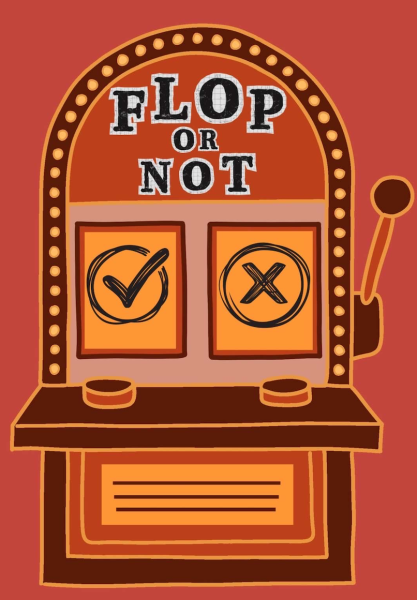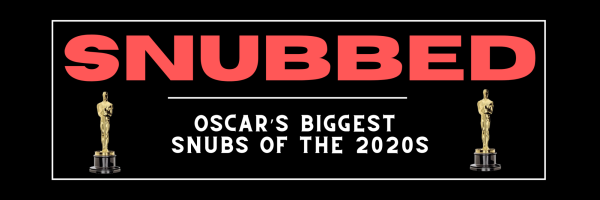Editorial: Tell me something I don’t know
It’s addictive, it’s dangerous, and it’s only getting worse. We feel good when we have it, so much so that we need it all the time. What is it that’s so darkly addictive?
Being right.
Discovering new information that reinforces your own beliefs feels good. We all feel satisfied answering a hard question in class or guessing the correct answer on a test, while learning we were wrong is often unpleasant.
Our desire to be right can lead to what psychologists call confirmation bias. Confirmation bias is the principle that we are naturally predisposed to interact with people and media that reaffirm our ideas. We choose the articles we read, the shows we watch and even the people we befriend, partly out of our desire to be right. Technology can make this problem worse.
In 2009, Google introduced “personalized search.” By tracking the stores you shop at, the news articles you read and the websites you visit, Google tailors its results to stories you are more likely to read and its advertisements to items you are more likely to buy.
No longer does everyone get the same search results when they google the word “dog,” let alone the word “abortion.”
Personalized search has some benefits. For example, if you search “flood” after a recent flood destroyed ten homes in your city, one of the first results will concern local news stories about it rather than the dictionary definition of a flood.
But “personalized search” can also filter out stories and ideas that disagree with your already-held beliefs.
Even if one is trying to escape this “filter bubble,” it may be harder than it seems. For instance, if a conservative who regularly browses right-leaning publications searches “climate change,” they may be more likely to see articles from climate-change skeptics, rather than from climate change scientists. This can deepen disagreements, instead of bridging them.
This mistrust of people with opposing beliefs, now more than any other time in American history, has turned our civil discourse into a wrestling match. According to the Pew Research Center, Americans are more divided along ideological lines now than at any other point in the last two decades.
No longer are we just disagreeing on the issues. We cannot even agree on the foundational facts.
Thankfully, there is a solution. By intentionally reading articles on both sides of the political spectrum, we can get all the facts and base our opinions on reality.
There are resources that can help us pop our filter bubbles.
The app Read Across the Aisle tracks what news stories you read and the political ideologies reflected in those stories, then charts that information on a blue and red spectrum. As you begin to read too many stories from Fox and Breitbart or from Slate and CNN, Read Across the Aisle will alert you to the ideological slant in the news you are consuming, giving you the opportunity to read the other side as well.
The website AllSides.com takes a different approach. AllSides collects viewpoints from multiple sides of the political spectrum – from the left, the right and the center – then juxtaposes all sides of the issue in one story.
By using websites and applications like these, we can break free of our filter bubbles, start reading about things we disagree with and become more accepting of other people’s opinions.
But this won’t happen until it starts with us. We have to be willing to find articles that we disagree with. We have to be willing to open our minds to other opinions. So, will we continue to be influenced by computer-generated bias, or will we break free from the filter bubble?






